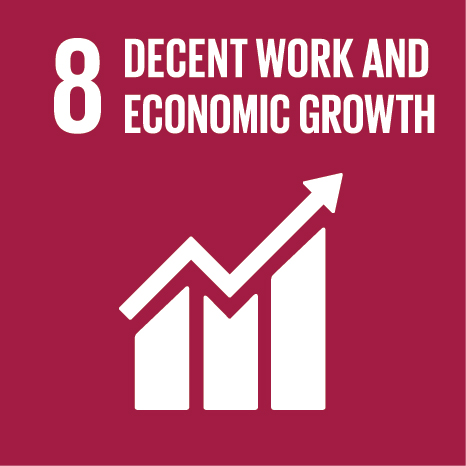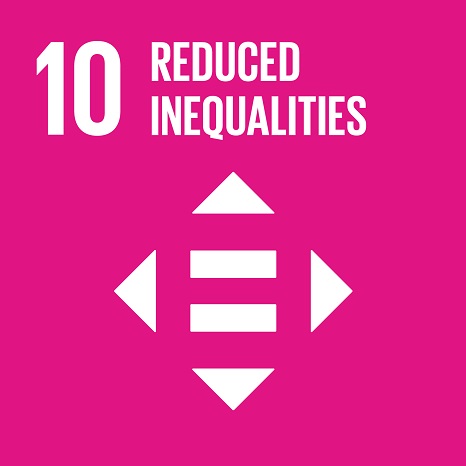Ciência_Iscte
Publications
Publication Detailed Description
Socioeconomic classification of the working-age Brazilian population: a joint latent class analysis using social class and asset-based perspectives
Journal Title
Social Indicators Research
Year (definitive publication)
2018
Language
English
Country
Netherlands
More Information
Web of Science®
Scopus
Google Scholar
This publication is not indexed in Overton
Abstract
This paper presents and applies a methodology of socioeconomic classification that integrates asset- and social class approaches. We employ data from the 2013 Brazilian National Household Survey and use latent class analysis to identify clusters and classify the working population. With regard to social class the Brazilian occupations are classified based on the European Socioeconomic Classification (ESeC) schema and an indicator of employment status. As for household wealth, we use the items related to household condition, ownership of durable goods and access to public services with the highest discriminatory power. We also make use of variables that account for the Brazilian spatial and socio-demographic heterogeneity. We found four clusters which we term latent socioeconomic stratum (LSeS). When compared we found an ordered pattern from the best-off LSeS (1) to the worst-off (4) with respect to household wealth and ESeC classes. Nevertheless, although the class composition of each LSeS reveals a distinct concentration of specific ESeC classes, all classes are present in each LSeS. Controlling for social class, differences in household wealth are more marked between LSeS than between social classes within the same LSeS. Hence, the methodology unveils the latent socioeconomic strata, reveals a class schema for each stratum and points out potential stratum fractions within them. The results were validated using variables external to the model, namely household food security status and years of schooling. The external validation revealed the same ordered pattern and the presence of stratum fractions.
Acknowledgements
--
Keywords
Asset-based approach,Brazil,Latent class analysis,Social class,Socioeconomic classification
Fields of Science and Technology Classification
- Sociology - Social Sciences
- Other Social Sciences - Social Sciences
Funding Records
| Funding Reference | Funding Entity |
|---|---|
| UID/GES/00315/2013 | Fundação para a Ciência e a Tecnologia |
| BEX4385/13-6 | Coordenação de Aperfeiçoamento de Pessoal de Nível Superior (CAPES) |
| 309272/2011-4 | Conselho Nacional de Desenvolvimento Científico e Tecnológico (CNPq) |
Contributions to the Sustainable Development Goals of the United Nations
With the objective to increase the research activity directed towards the achievement of the United Nations 2030 Sustainable Development Goals, the possibility of associating scientific publications with the Sustainable Development Goals is now available in Ciência_Iscte. These are the Sustainable Development Goals identified by the author(s) for this publication. For more detailed information on the Sustainable Development Goals, click here.

 Português
Português




